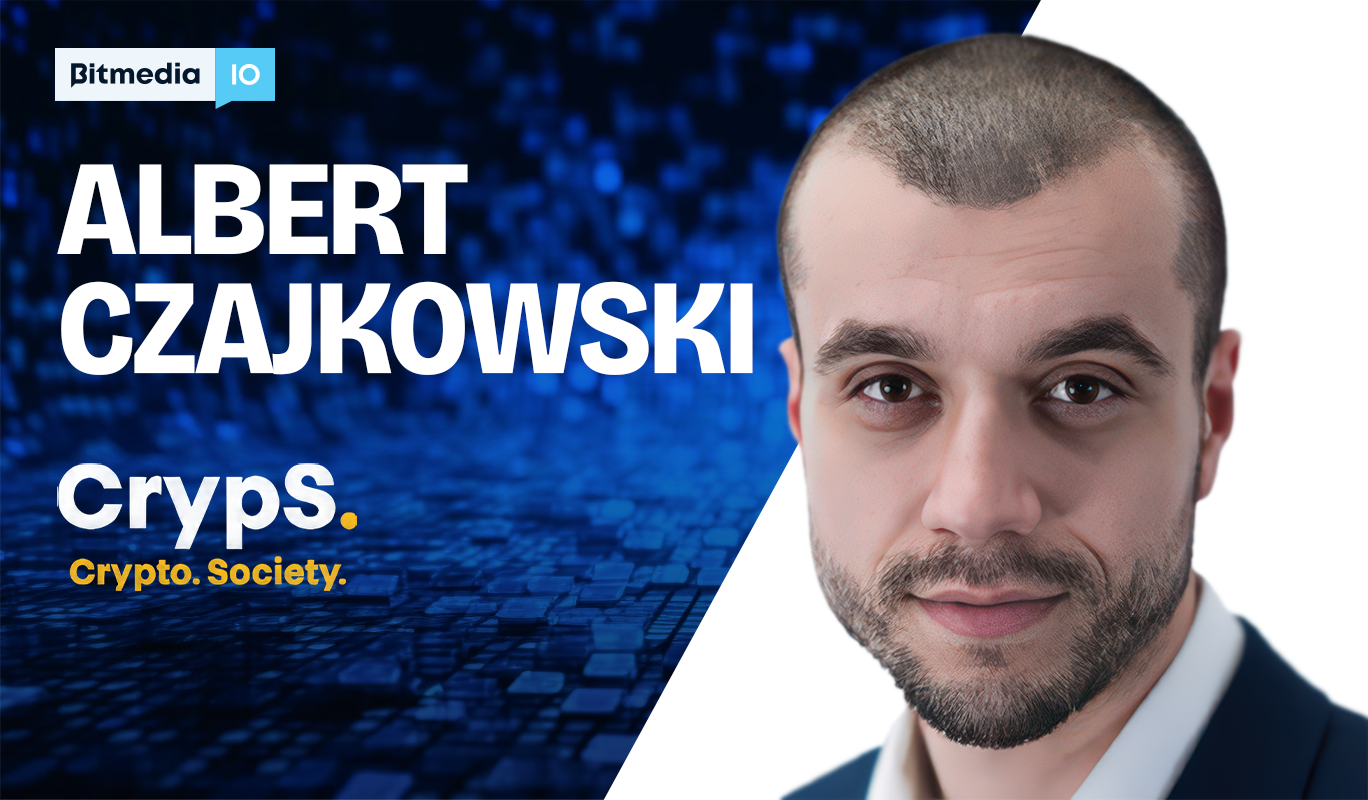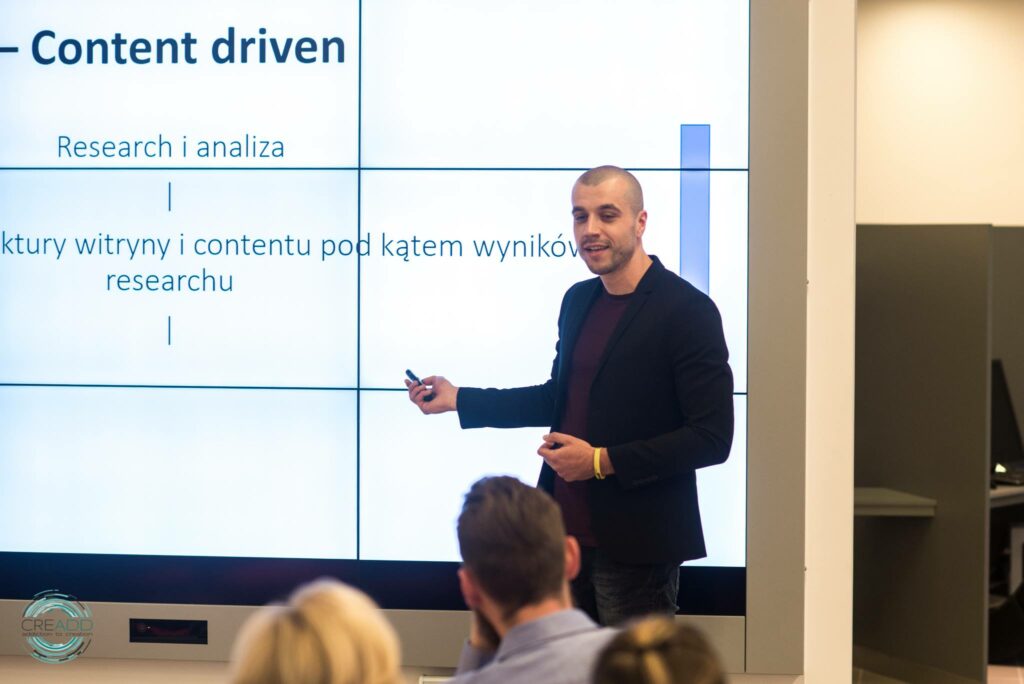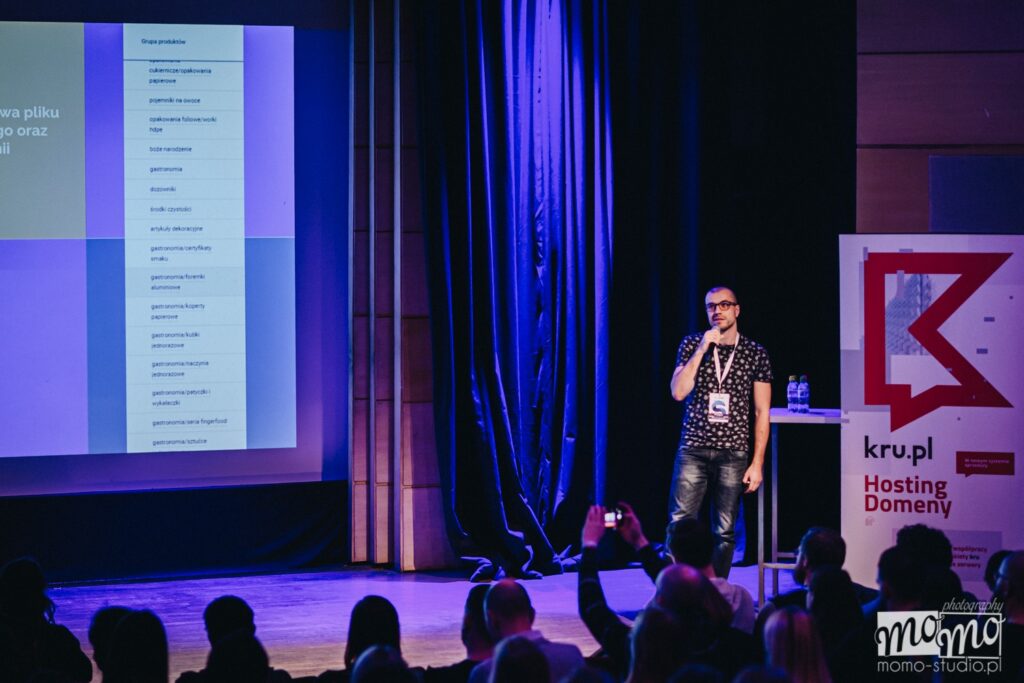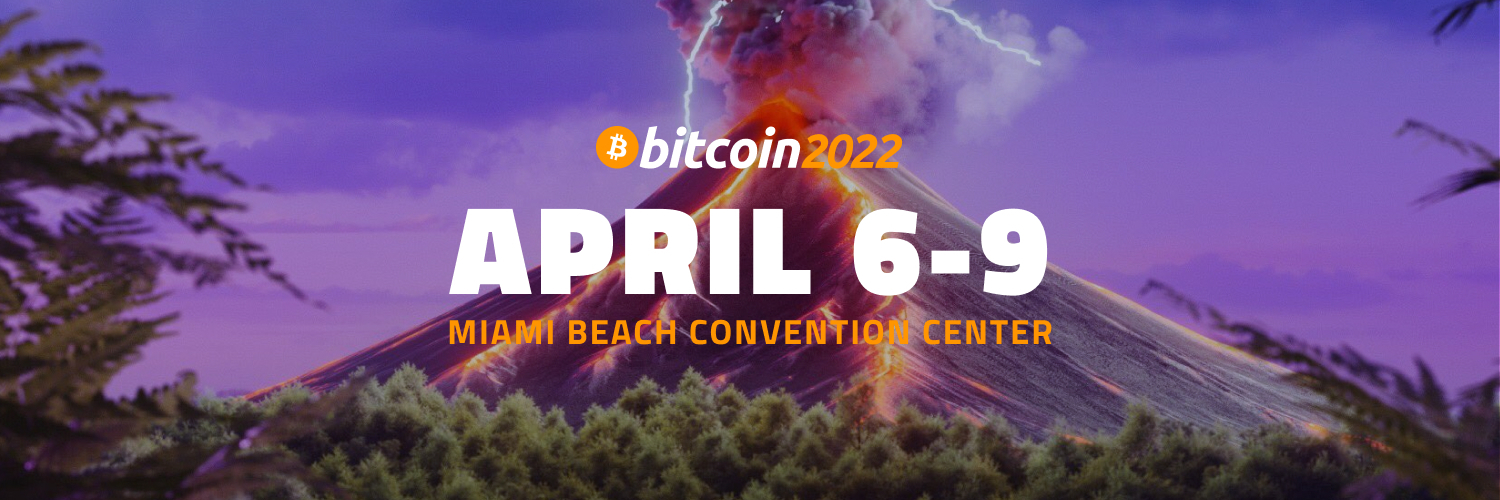Albert Czajkowski, CEO of CrypS.pl: “Crypto media must educate, not just inform”

In this interview, we speak with Albert Czajkowski, CEO and founder of CrypS.pl — one of Poland’s most popular crypto media outlets. Albert shares insights on the current development of the Polish crypto market, the role of education in Web3 adoption, and why independent journalism remains essential in times of crypto chaos.
Let’s start with the story behind CrypS.pl. What inspired you to create it?
I’ve been working in SEO, digital marketing, and content publishing since 2010. In 2013, I launched a project focused on Forex and investing — Forexrev.com — and that’s when I really fell in love with the publishing niche. Over time, I also became deeply involved in the broader investing world.
Following that path, I noticed the rapid growth and potential of the cryptocurrency market. It was clear to me that crypto would play a huge role in the future of finance. The decision came quickly — together with my team, we decided to create the best crypto news and education outlet in Poland. That’s how CrypS.pl was born. We launched the site in 2017, and since then, we’ve been focused on delivering reliable and insightful content for the Polish crypto community.

How has the Polish crypto media changed since then?
The Polish crypto media sphere has changed a lot since we started. Back then, there were many small blogs and websites writing about cryptocurrencies — often run by enthusiasts rather than professionals. Over time, the whole space became much more professional. We also saw some international media franchises entering the Polish market.
Today, the scene is more consolidated — there are around three or four main crypto outlets in Poland, and we’re proud to be one of them.
Running an independent media outlet in crypto isn’t easy. What are the biggest challenges today?
I think the biggest challenge comes during the bear market — the months or even years when the crypto industry slows down. During those times, website traffic naturally drops, and advertisers become much less active compared to the bull market.
That’s why it’s crucial to plan ahead and prepare for periods of lower revenue. We focus on building long-term relationships with advertisers and partners, which helps us maintain stability and continue developing even when the market is quiet.
Education seems central to your mission. How does CrypS approach it
Education has always been one of our main goals at CrypS. We believe that crypto adoption starts with understanding — and that people are more likely to get involved when the information is clear and accessible.
That’s why we focus on using simple, everyday language in our content whenever possible. We publish a lot of Crypto 101 articles that explain both the basics and more advanced blockchain concepts in an easy-to-digest way. Our goal is to make sure that even someone who’s new to the space can understand how things like Bitcoin, DeFi, or blockchain technology really work.
Our team puts a lot of effort into translating complex, technical topics into something relatable. Before we publish, we always ask ourselves: Would this make sense to someone outside the crypto bubble? We also try to connect educational content with real-world examples, case studies, and news stories to make it more engaging and practical.
At the end of the day, we don’t just want to report the news — we want to help build a better-informed crypto community in Poland.

Could gamification or interactive content be the next evolution of crypto journalism?
Absolutely! I believe gamification and interactive content could be the next big step for crypto journalism. The new generation of readers doesn’t want to consume information the same way as before — they expect engagement, interaction, and fun.
If we want to reach them, we need to evolve and experiment with new formats. Quizzes, interactive explainers, NFT-based rewards, or community-driven challenges could all make learning about crypto more enjoyable and memorable.
What’s the most common misconception about crypto you still see among Polish readers?
I think one of the most common misconceptions — especially among people over 40 — is that crypto is still some kind of shady niche used mostly by criminals or for illegal activities. This perception comes from the early days of Bitcoin, when there was little regulation and a lot of media hype around dark web stories.
Another big misconception is that using crypto is extremely complicated. It might have been true years ago, but the industry has come a long way since then. Today, exchanges, wallets, and payment apps are much more user-friendly and regulated.
From your perspective, what are the most promising segments in Web3 right now — DeFi, AI, GameFi, or tokenized assets?
From my perspective, the most promising segments right now are definitely AI and GameFi. Artificial intelligence is transforming every industry — and when combined with blockchain, it opens up huge opportunities for transparency, automation, and data ownership.
GameFi is another exciting area because it brings real adoption potential. People don’t have to fully understand blockchain to enjoy a game — they just need to have fun. If projects can create engaging experiences where players truly own their in-game assets, we could see massive mainstream growth.
How do you see the next bull market influencing crypto media and information flow?
The next bull market will definitely bring a new wave of attention, both from retail investors and from mainstream media. Whenever the market heats up, the demand for information skyrockets — people want to understand what’s happening, what to invest in, and how to avoid mistakes.
I believe we’ll also see faster information flow than ever before — driven by social media, influencers, and AI tools. That means credibility and trust will become even more valuable. Our mission at CrypS is to help readers cut through the noise, focus on facts, and stay informed, not just excited.
Do you believe the media will play a stronger role in shaping investor sentiment compared to previous cycles?
Yes, absolutely. I believe the media will play a much stronger role in shaping investor sentiment in the next cycle. The crypto market is now far more connected to mainstream finance, and information spreads faster than ever — sometimes within seconds. What the media highlights can directly influence how people feel about the market, especially new investors.
At the same time, we need to remember that the media landscape has changed. It’s not only traditional outlets anymore — influencers, YouTubers, and even AI-driven news feeds also shape sentiment. So the challenge for professional crypto media like CrypS is to stay relevant, trusted, and transparent amid all that noise.
How do you see the balance between global crypto narratives and local/regional trends?
That’s a really important balance. The global crypto narrative — factors such as Bitcoin ETFs, regulatory developments in the U.S., or major technological trends — often sets the tone for the entire industry. But at the same time, local and regional factors shape how these trends actually play out on the ground.
In Poland, for example, people are very interested in practical aspects — how to invest safely, how regulations might affect them, or how blockchain can create real value in local businesses. While we closely follow global developments, we always strive to present them through a local lens, highlighting what they mean for Polish readers.
I think the future of crypto media lies in connecting these two perspectives — global insight combined with local context. That’s where real understanding happens, and that’s what we aim for at CrypS.
What’s your take on how regulations in the EU (like MiCA) are influencing crypto media coverage?
Regulations like MiCA are definitely changing how crypto is covered in the media. They bring more legitimacy to the industry, but also add complexity that needs to be explained clearly.
For us at CrypS.pl, it means helping readers understand what these new rules really mean for investors and businesses. The focus is shifting from hype to compliance and education — and that’s a healthy sign of market maturity in Europe.
What motivates you personally to stay in the crypto space despite its volatility?
What keeps me motivated is the huge potential of this industry and the constant change. I love learning new things, and the crypto space never stops evolving — there’s always something new to explore, whether it’s technology, markets, or innovation. It’s a field that challenges you every day, and that’s exactly what makes it so exciting.
How do you see the future of CrypS.pl? Are there plans for expansion beyond Poland or into new media formats (podcasts, video, etc.)?
First of all, we’ve already started expanding our coverage beyond crypto. Today, CrypS.pl writes not only about cryptocurrencies but also about broader topics like investing, AI, fintech, and even geopolitics — because all of these areas are becoming increasingly connected.
In the near future, we also plan to explore new media formats such as podcasts and video content to reach a wider audience and engage our community in new ways. Our goal is to stay dynamic and evolve together with the industry — while remaining the most trusted source for crypto and tech insights in Poland.
How do you manage to keep your editorial team agile and innovative in such a volatile niche?
We’ve built strong internal processes and use a variety of tools that help us automate routine tasks and stay up to date with what’s happening in the market. This allows our editorial team to stay agile and focus on creativity and quality rather than repetitive work.
But the real strength comes from the people. Some of our editors have been with us since the very beginning, and their experience and passion are what keep CrypS innovative and forward-looking.
If you could change one thing about how crypto news is covered globally, what would it be?
If I could change one thing, it would be to make crypto news more balanced and fact-driven. Too often, global coverage swings between extreme hype during bull markets and unnecessary panic during downturns. This kind of sensationalism doesn’t help anyone — it confuses readers and damages trust.
I’d like to see more media outlets focus on context, education, and long-term perspective rather than just headlines that drive clicks. In the end, good journalism should help people understand, not manipulate emotions — and that’s the standard we aim for at CrypS.
Finally, what advice would you give to young journalists or entrepreneurs entering the crypto media space today?
My main advice would be to stay curious and patient. The crypto space changes incredibly fast, and it’s easy to get lost in the hype. Focus on learning, building credibility, and providing real value to your audience — not just chasing trends.
For journalists, that means verifying information and explaining complex topics clearly. For entrepreneurs, it’s about creating something sustainable, not just opportunistic. If you stay consistent and keep adapting, there’s still a lot of room to grow in this industry.
At Bitmedia, we share CrypS.pl’s vision that crypto media should do more than report — it MUST educate and empower the community. Like Albert Czajkowski, we see education as the cornerstone of Web3 adoption. Through reliable insights and a focus on understanding, we aim to support Web3 growth and help projects reach their full potential.


